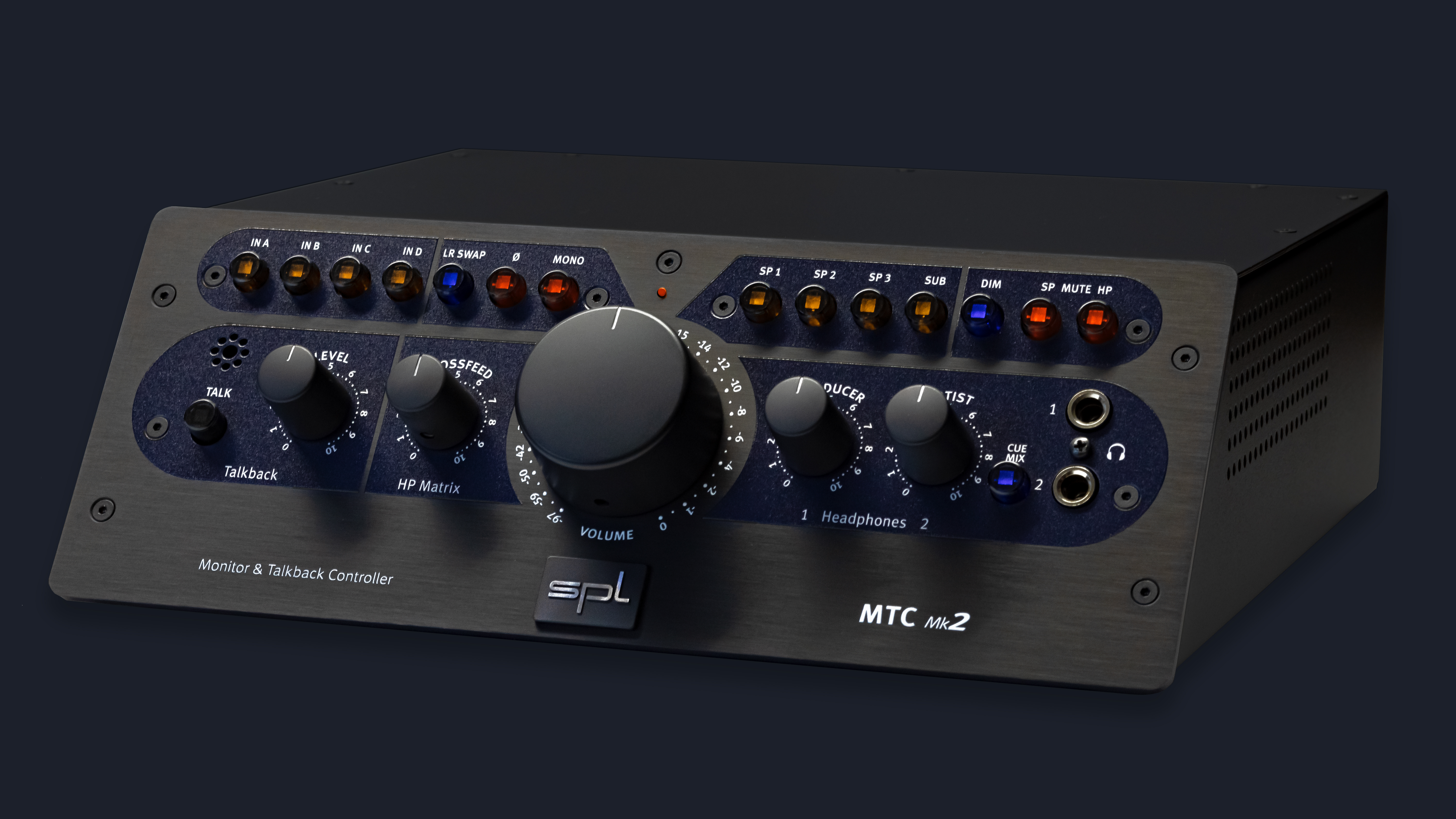
This classic has been updated with new features adapting it to the demands of modern music production environments.
Advanced source and speaker selection, multiple monitoring modes, an integrated premium talkback system, headphone amplifiers with Phonitor Matrix,
an additional input for a dedicated artist mix, and an internal audio operating
voltage of +/-18 volts make the MTC Mk2 once again the
professional studio standard among monitor controllers.
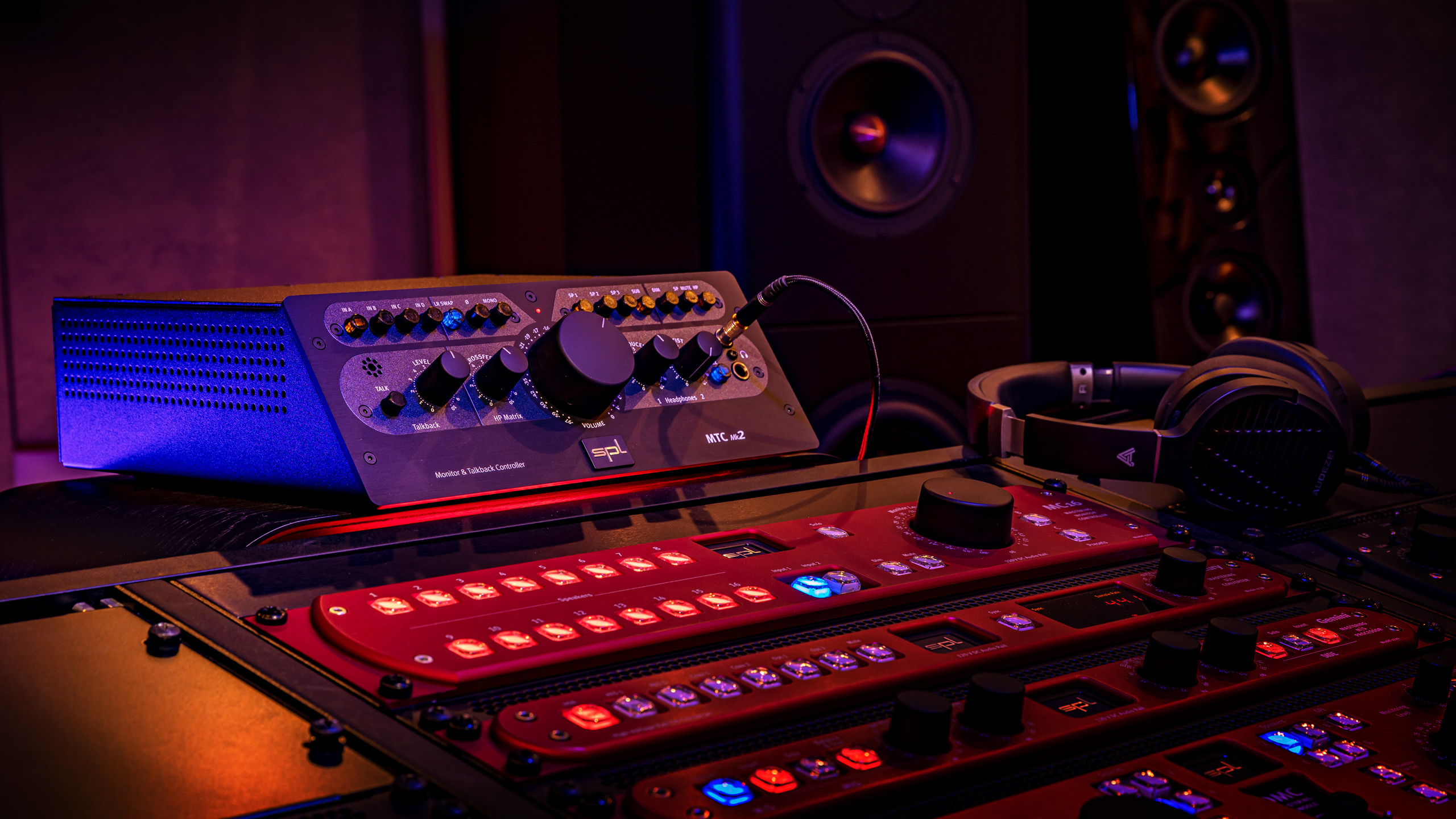
Create perfect mixes – for you and your artist – on speakers
and thanks to the Phonitor Matrix, also on headphones.
The 45 mm big, massive, milled from aluminum knob for the analog volume control, offers the perfect control range to adjust the monitoring volume intuitively and precisely.
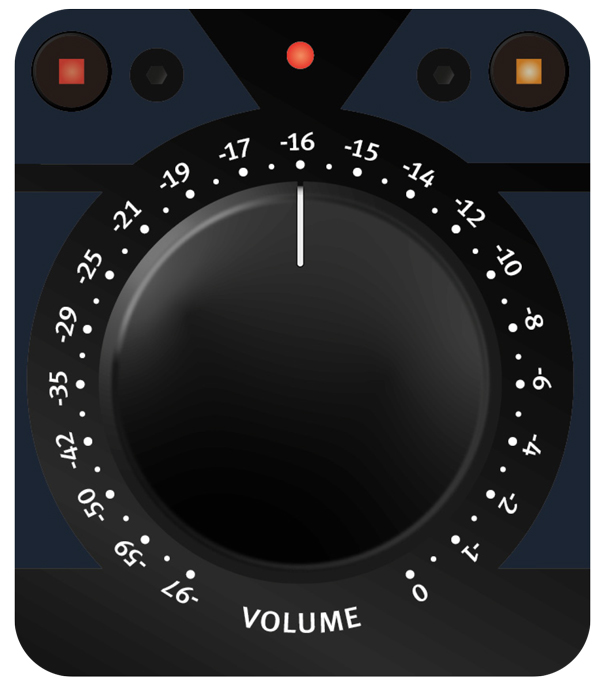
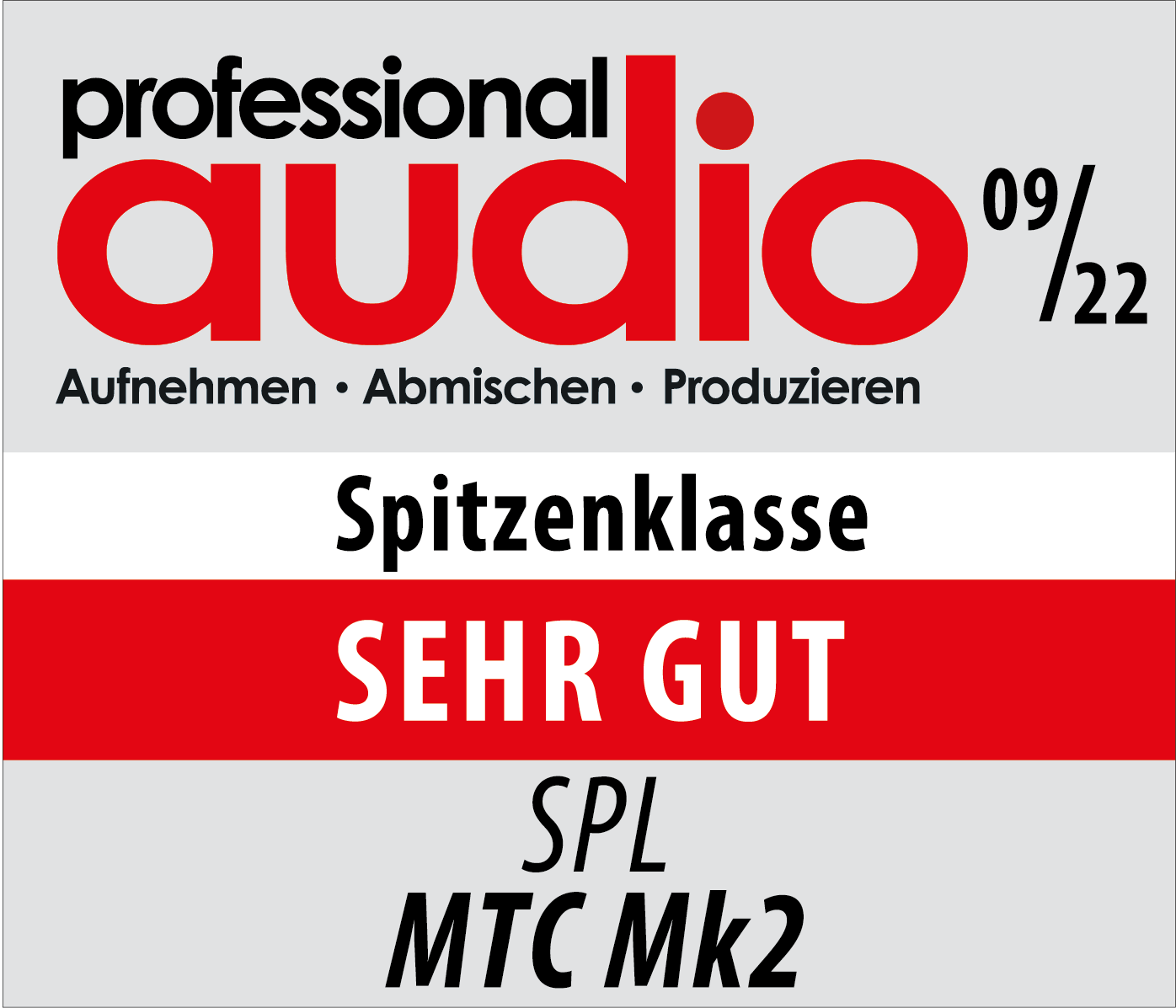
“The new MTC Mk2 is a really great analog monitoring controller in established SPL quality. Besides its very transparent, clean and genuine sound, the new headphone amplifiers with Phonitor Matrix, the sophisticated Cue Mix system and the many practical solutions of the rock-solid and excellently processed Monitoring & Talkback Controller are particularly convincing.”
Professional Audio
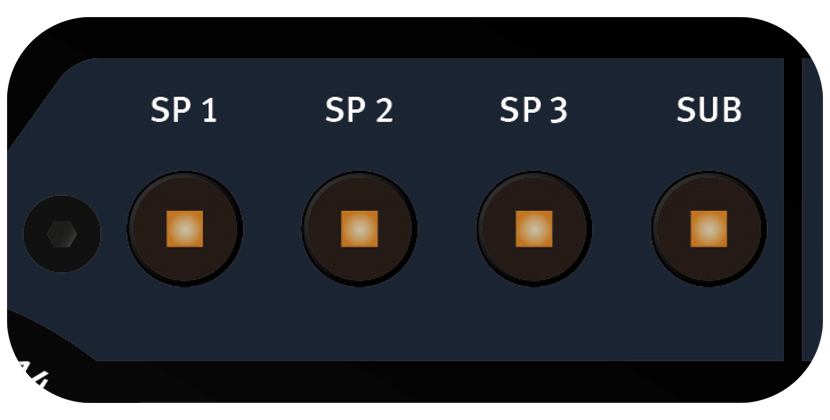
The MTC Mk2 provides three pairs of outputs for stereo speakers and a mono output for a subwoofer.
The respective stereo pairs are selected with high-quality analog switches. Each pair has its individual switch. Thus, multiple selection is also possible. The SUB switch can be used to switch an additional subwoofer on and off. The SUB can be combined with any speaker pair. The subwoofer output sends a mono summed signal with full frequency range. Alternatively, a mono monitor speaker can be connected to the SUB output.

MTC Mk2 allows three different monitoring modes.
As a standard, the mix can be monitored in “stereo”. Mono compatibility can be checked in “mono”.
The phase of the signal can be reversed via the phase inversion switch Ø.
A special feature is the third mode –
the channel swap function: LR SWAP
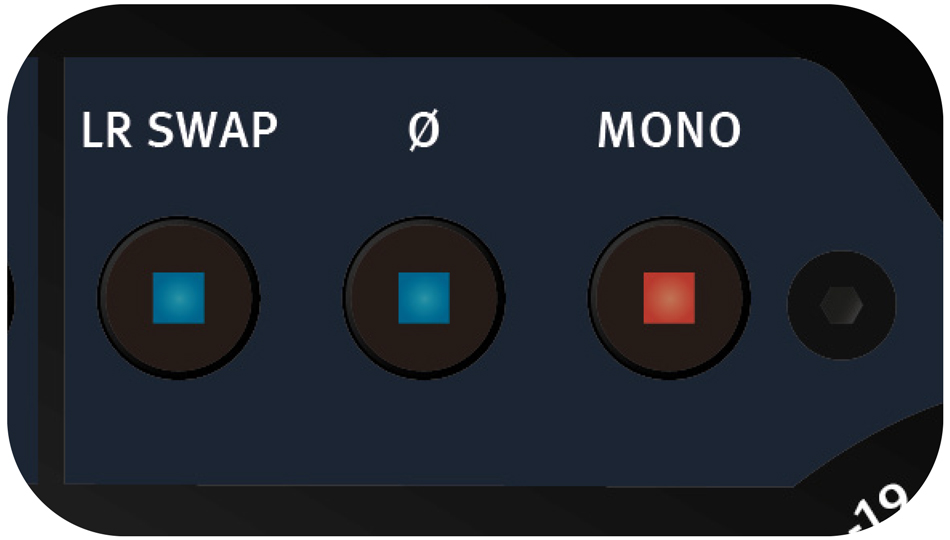

“The SPL MTC Mk2 is an excellent monitor controller for professional studio setups. Compared to the previous model, SPL has significantly optimized the new version in almost all aspects.”
Amazona
Chris Pfeil

LR SWAP reverses the stereo image. Left becomes right and right becomes left. This is especially time-saving when you are monitoring samples in video dubbing that should match a scene with direction of movement.
If the direction is not correct, you usually have to load the sample into the DAW to switch channels. LR SWAP allows channel swapping directly in the monitor controller.
Tip: M/S – Mid or Side?
By using the MONO and the phase invert switch in combination, it is possible to only monitor the M or S signal. When “Mono mode” and phase inversion is active, only the S signal is played back.
If the phase inversion is switched off, the Mono signal corresponding to the M signal is played back.
Separate monitoring of the M and S signals has become a standard for many mixing and mastering engineers.
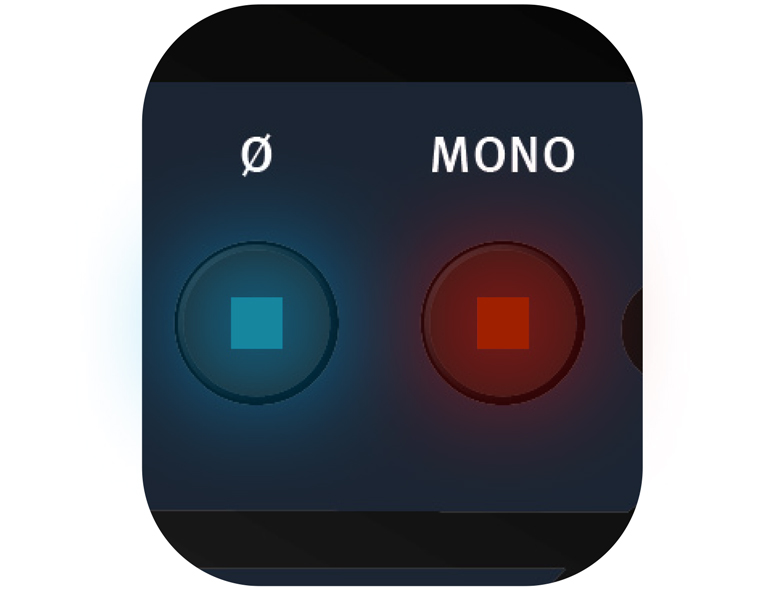
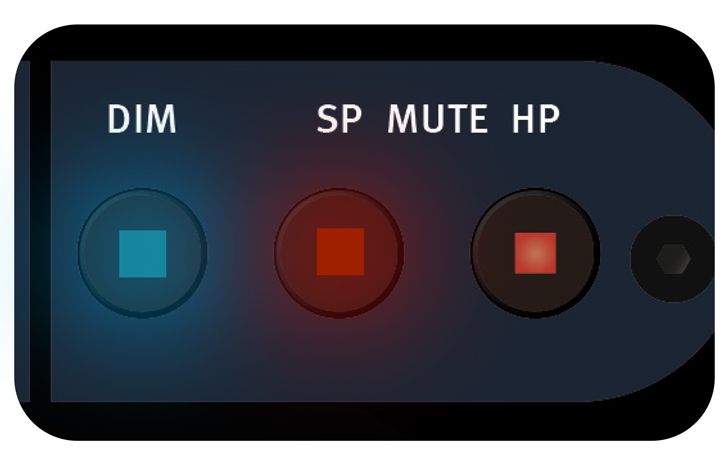
Besides the DIM switch for a quick attenuation of the monitoring volume by 10 dB, the MTC Mk2 also offers the option of completely switching off all speaker outputs with the SP MUTE switch. This is useful, for example, when monitoring via a pair of speakers with a subwoofer. So only one switch has to be pressed to turn off this combination.

“This is what a really successful upgrade looks like, and it’s not just merely fashionable. This makes the SPL MTC Mk2 an absolutely professional device for a wide range of audio workplaces.”
Bonedo
Felix Klostermann
If an error occurs in the DAW and a full level noise signal is output from the computer, activating the mute function protects the connected equipment and the hearing from damage.
In addition to the SP MUTE, there is also an HP MUTE. This deactivates the headphone outputs of the MTC Mk2. (This does not apply to headphone output HP 2 when CUE MIX is activated).
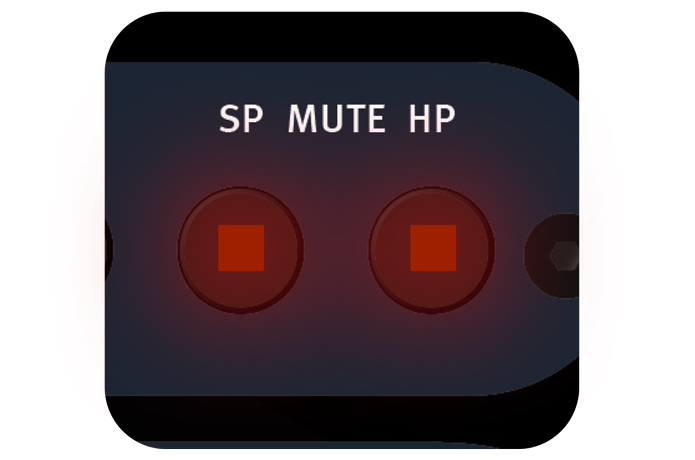
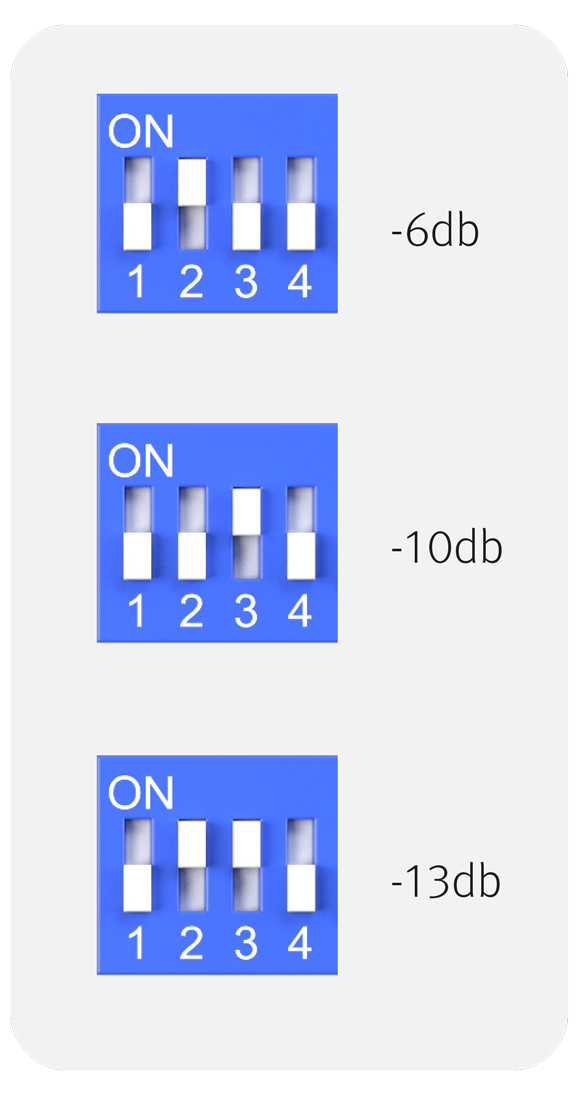
At a regular listening volume (e.g. 83 dB SPL at the monitoring spot), the volume control should be in the one o’clock position. This gives you an ideal control range for listening at quieter or louder volumes.
If active loudspeakers or power amplifiers are very sensitive, the playback can already be quite loud when the volume control is in the first third of its control range.
Activating the -6 dB and/or the -10 dB DIP switch (DIP 2 & DIP 3) accordingly attenuates the output level, to use the ideal range of the volume control. If DIP 2 and DIP 3 are set to on, the result is a level attenuation of approximately 13 dB.
The MTC Mk2 delivers full headphone sound – twice!
The output stage of the headphone amplifiers is designed as a push-pull amplifier in Class AB mode. The bipolar transistors share the amplification of the positive and negative half-waves, which produces a higher gain and a higher output voltage than in Class A operation, where only one transistor amplifies both half-waves.
The output stage transistors are thermally coupled and thus run particularly coherently, which contributes to a consistent and stable sound image. The power supply has a buffer circuit with low source resistance, ensuring generous current reserves even when operating low-impedance headphones.
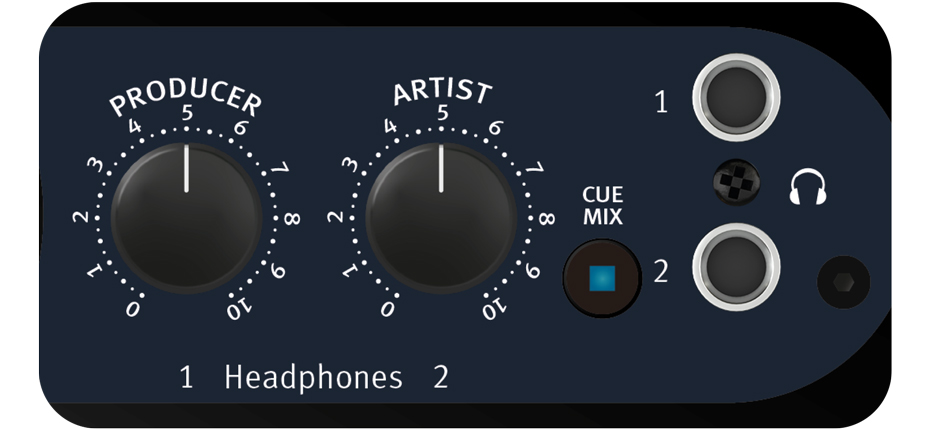
Both headphone amplifiers feature the Phonitor Matrix.
(If CUE MIX is active, only the producer hears the headphone signal with Phonitor Matrix. The artist hears their headphone mix without Phonitor Matrix).
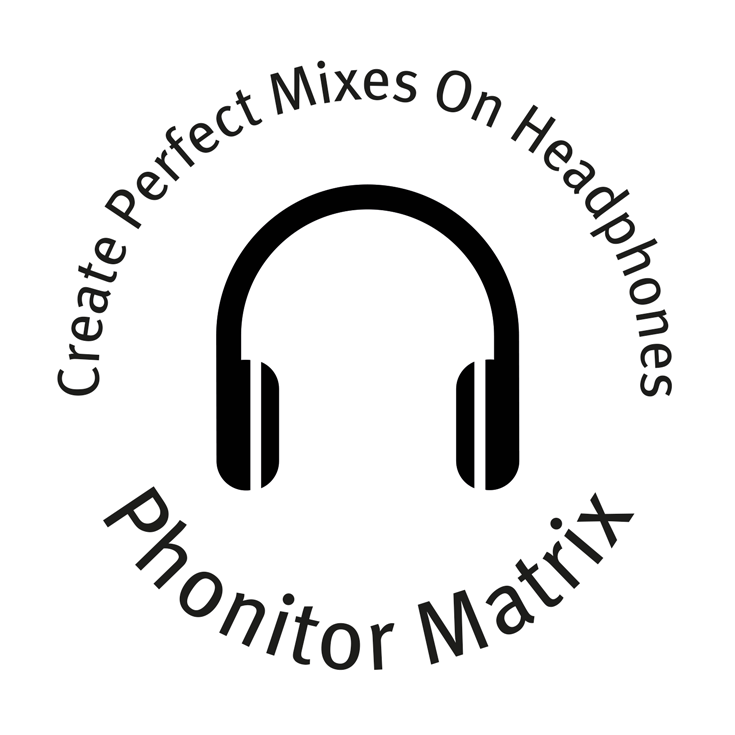
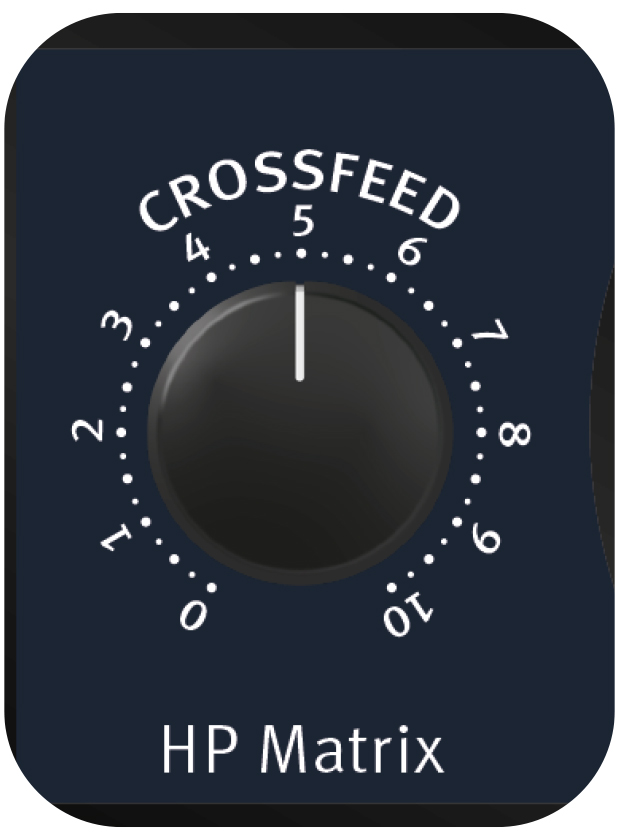
The Phonitor Matrix enables mixing and mastering engineers to create perfect mixes on headphones, which will translate perfectly to all types of stereo speaker systems.
With Phonitor Matrix you can create perfect mixes on headphones.
Music is normally produced and mixed for playback on stereo speakers.
Listening on headphones is different from listening on loudspeakers. The biggest difference is the lack of crossing signals of the sound signal from the left speaker to the right ear and from the right speaker to the left ear. These crossing signals are missing in conventional headphone listening, because there are no signals crossing from one side of the headphones to the other. This results in an unnaturally wide stereo stage and sound sources are not played back at their correct position in the stereo field.
The SPL Phonitor Matrix can correct this false stereo image with an analog circuitry.
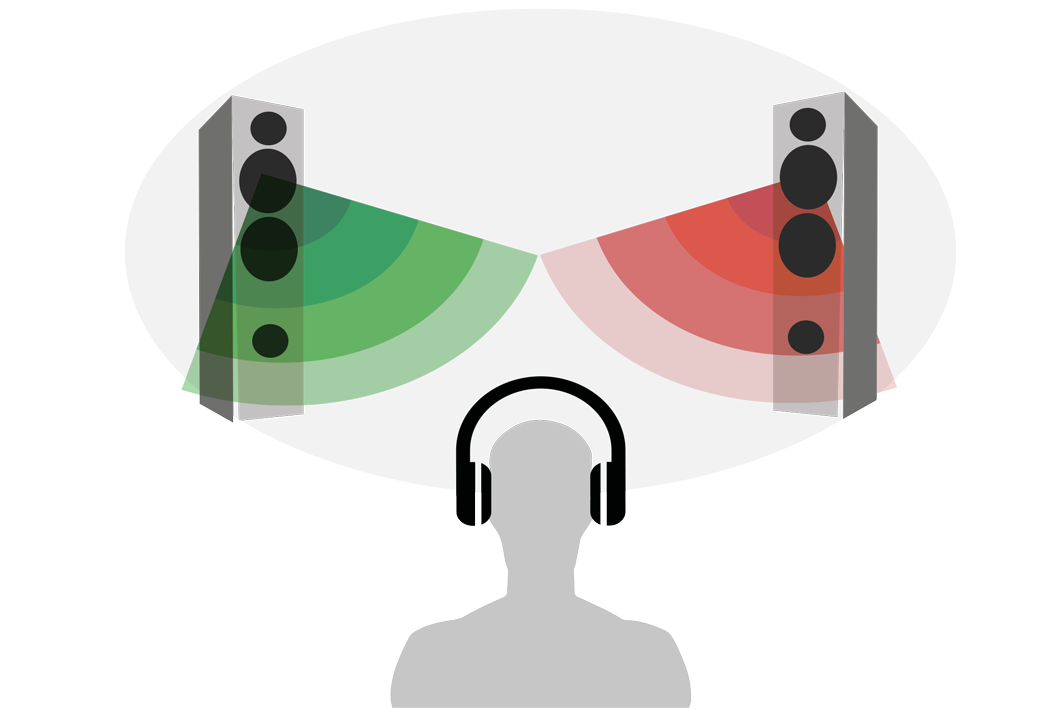
The two main parameters of the Phonitor Matrix are Crossfeed and Angle:
• Crossfeed determines the opening angle of the stereo image.
• Angle determines the opening angle of the stereo image.
The “Crossfeed” parameter of the MTC Mk2 is continuously adjustable via the crossfeed control.
The “Angle” parameter is fixed at the studio standard of 30°.
To perfect the listening experience, the level of the sound sources centered in the stereo image must be attenuated when the Phonitor Matrix is activated. The result is that not only the position of all sound sources is correctly located, but also their volume.
For the MTC Mk2, this parameter, which we call “Center” for the Phonitor Matrix, is fixed at a -1 dB attenuation, which is the best choice for an authentic representation of the soundstage.
During conventional listening on headphones, our brain can compensate a certain level of false playback representation – but this is very exhausting and leads to listening fatigue.
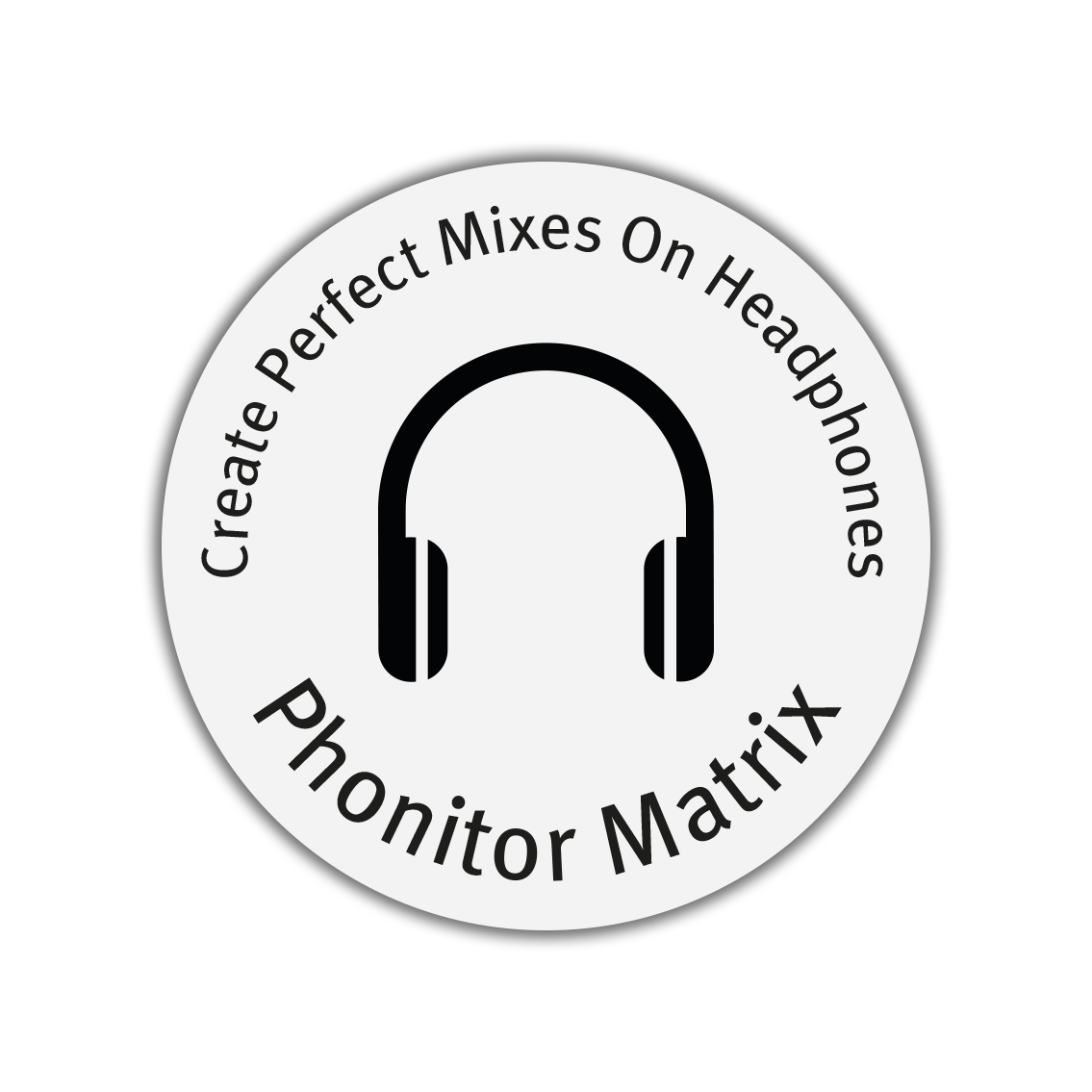
The Phonitor Matrix allows the mixing and mastering audio engineer to create perfect mixes on headphones that sound great on all types of stereo speaker systems.
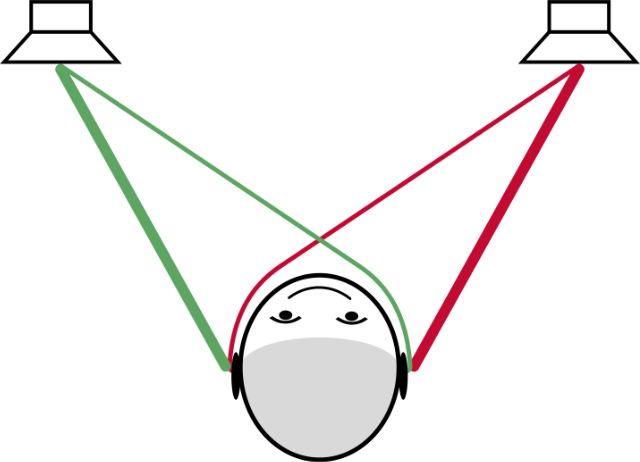
Listening on headphones is different from listening on loudspeakers.
The biggest difference is the lack of crossing signals of the sound signal from the left speaker to the right ear and from the right speaker to the left ear.

This results in an unnaturally wide and
wrong stereo image.
The various sound sources of the audio signal are not localized as the sound engineer intended them to.

The SPL Phonitor Matrix will correct this false stereo image with an analog circuitry and ensures a correct representation of the stereo image and a relaxed listening experience.
The SPL Phonitor Matrix corrects the false representation of the stereo sound image, which makes it much easier to find the right decisions for mixing and mastering engineers.
So nothing stands in the way of a successful and long mixing session on headphones.

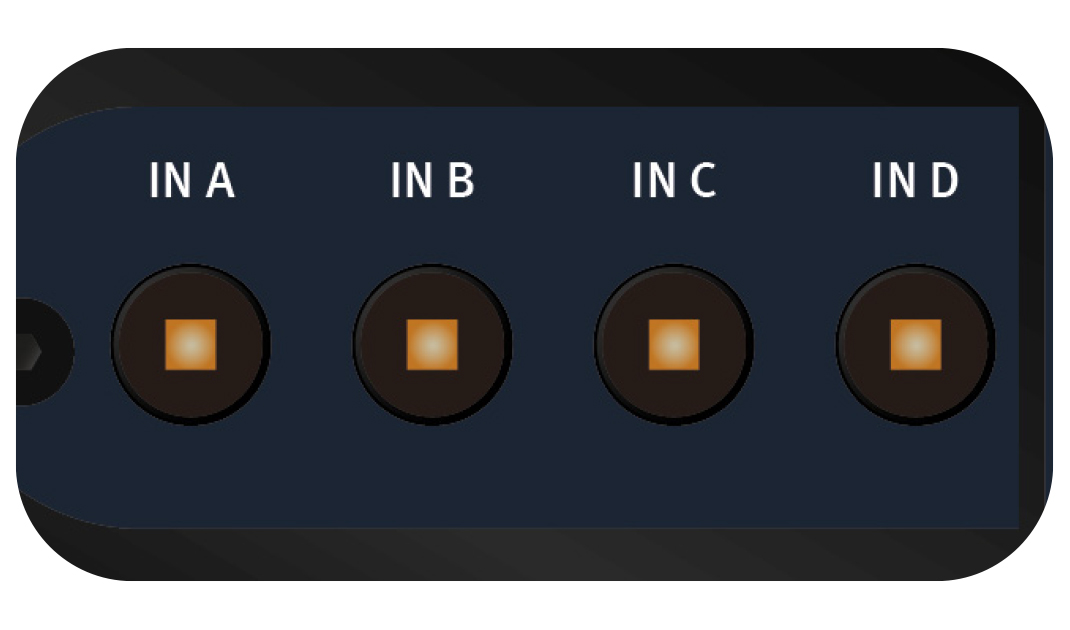
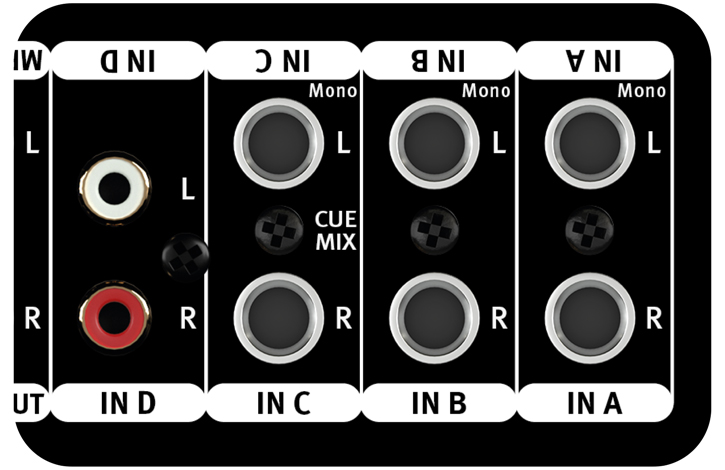
On the input side, four analog stereo inputs are provided. The inputs can be switched on or off via switches IN A to IN D.
Multiple selection is possible. All inputs are additive! The MTC Mk2 sums all input signals. A mono signal should always be fed into the left channel to be heard in the phantom center.
The TRS jack inputs A, B and C are ideal for connecting balanced sources, such as a high-quality DA-converter or audio interface.
RCA input D is perfect for connecting a CD player or other sources with RCA outputs as a reference.
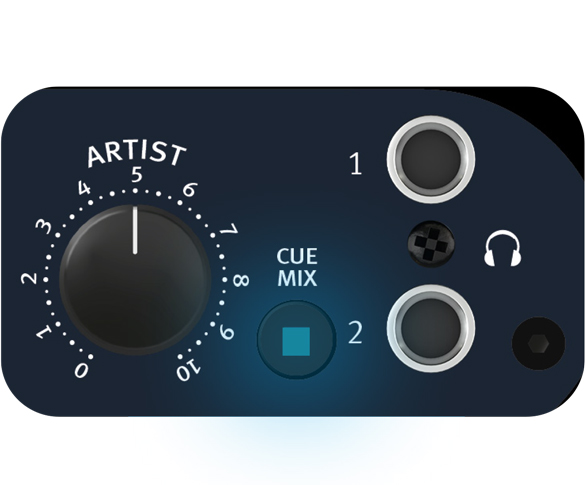
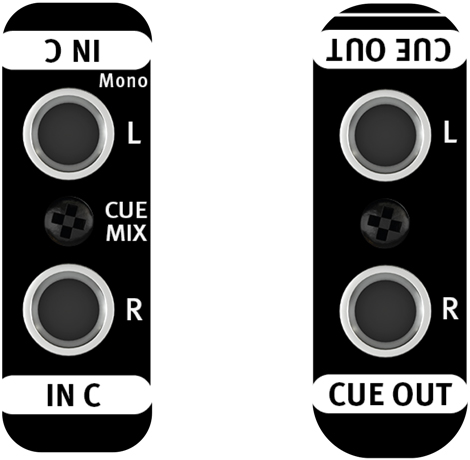
Input C can also be used as a cue mix input. Ideally, the signal that should be sent to a musician/artist as a monitor mix during the recording session should be fed in here.
Once the CUE MIX switch in the headphone section is activated, the signal present at input C is sent to ARTIST headphone output 2 as well as to the CUE OUT output on the rear panel.
The talkback signal is also routed to the CUE OUT output. This way, nothing stands in the way of flawless communication with the artist.


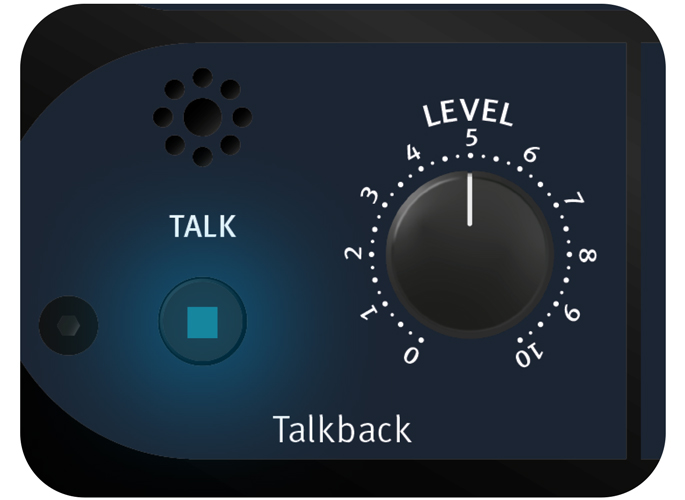
The talkback system of the MTC Mk2 now features a high-quality condenser microphone capsule, which is also used in measurement microphones.
The user is rewarded with excellent speech intelligibility. The talkback system can be activated by pressing the TALK button. This button lights up when pressed. The LEVEL control adjusts the volume of the talkback signal.
The talkback signal is also sent at the output TALK OUT on the rear panel. This signal can be fed into a speaker in the recording room, for example, or back to the DAW for further routing.
The FOOSWITCH input allows the connection of a foot switch or momentary switch with TS jack or with TRS jack. This way, the talkback system can also be operated hands-free.
When the TALK button is pressed, the output level of the CUE OUT and the ARTIST headphone amplifier HP2 is attenuated by 3 dB by default. Using the DIP switch DIP 1, a further 10 dB reduction can be added. This increases the intelligibility of the speaker in the artist monitoring signal during playback.
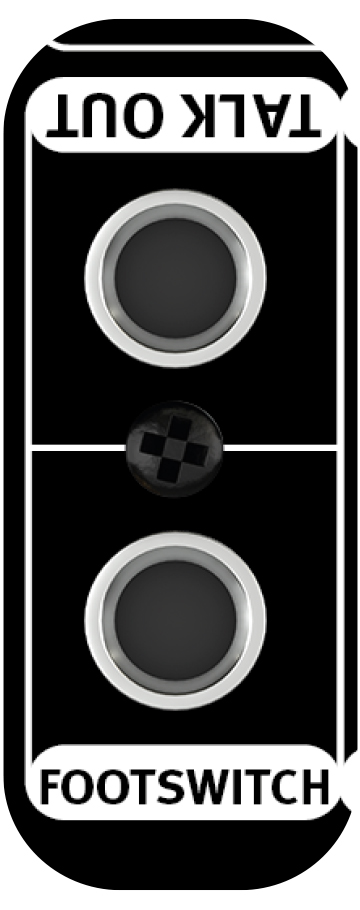
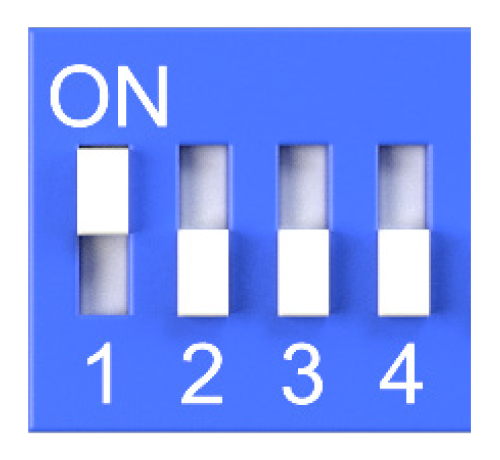



The talkback system of the MTC Mk2 features a high-quality condenser microphone capsule, which is also used in measurement microphones. Therefore the user is rewarded with excellent speech intelligibility.
The talkback system can be activated by pressing the TALK button. This button lights up when pressed. The LEVEL control adjusts the volume of the talkback signal.
The talkback signal is also sent to the output TALK OUT on the rear panel. This signal can be fed into a speaker in the recording room, for example, or back to the DAW for further routing.
The FOOTSWITCH input allows the connection of a latching foot switch or momentary foot switch with TS jack or with TRS jack. This way, the talkback system can also be operated hands-free.
In order to increase the intelligibility of a speaker in the artist monitoring signal during playback, the level of the playback signal at the CUE OUT and the ARTIST headphone amplifier HP2, can be
attenuated by 10 dB when the talkback system is activated. This function is activated using the DIP
switch DIP 1.
An external metering system such as a stereo VU meter can be connected to the METER OUT. The output signal at the METER OUT matches the output signal at the SPEAKER OUT outputs. The level of the METER OUT is not affected by the volume control.
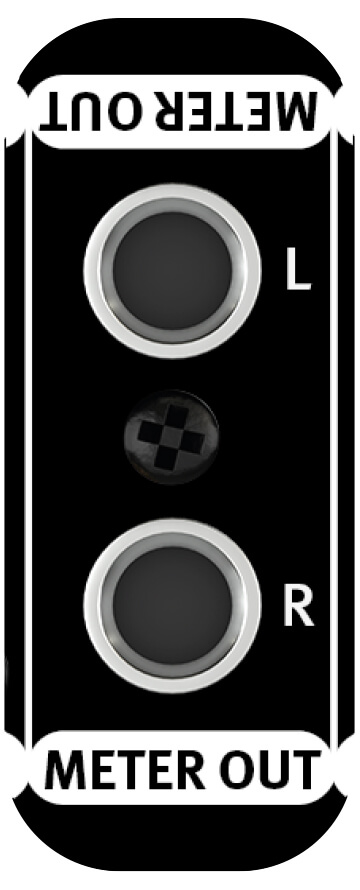

Good sound always starts with the power supply. The MTC Mk2 has a high-quality switched-mode power supply that automatically adapts to all common voltages between 90 V AC and 250 V AC with 50 Hz or 60 Hz.
The new MTC Mk2 now operates with an internal operating voltage of +/-18 volts for the analog audio sections.
The MTC Mk2 can now handle levels up to +22.5 dB and offers about 1.5 dB more headroom than conventional pro audio devices with an internal operating voltage of +/-15 volts.
With all SPL devices we develop not only according to plan, but also by ear. All important components are installed on the circuit boards using Through-hole technology. This way we can ensure that we can use the best sounding components.
That’s why we manufacture all devices in our own production facility in Niederkrüchten on the Lower Rhine, Germany.
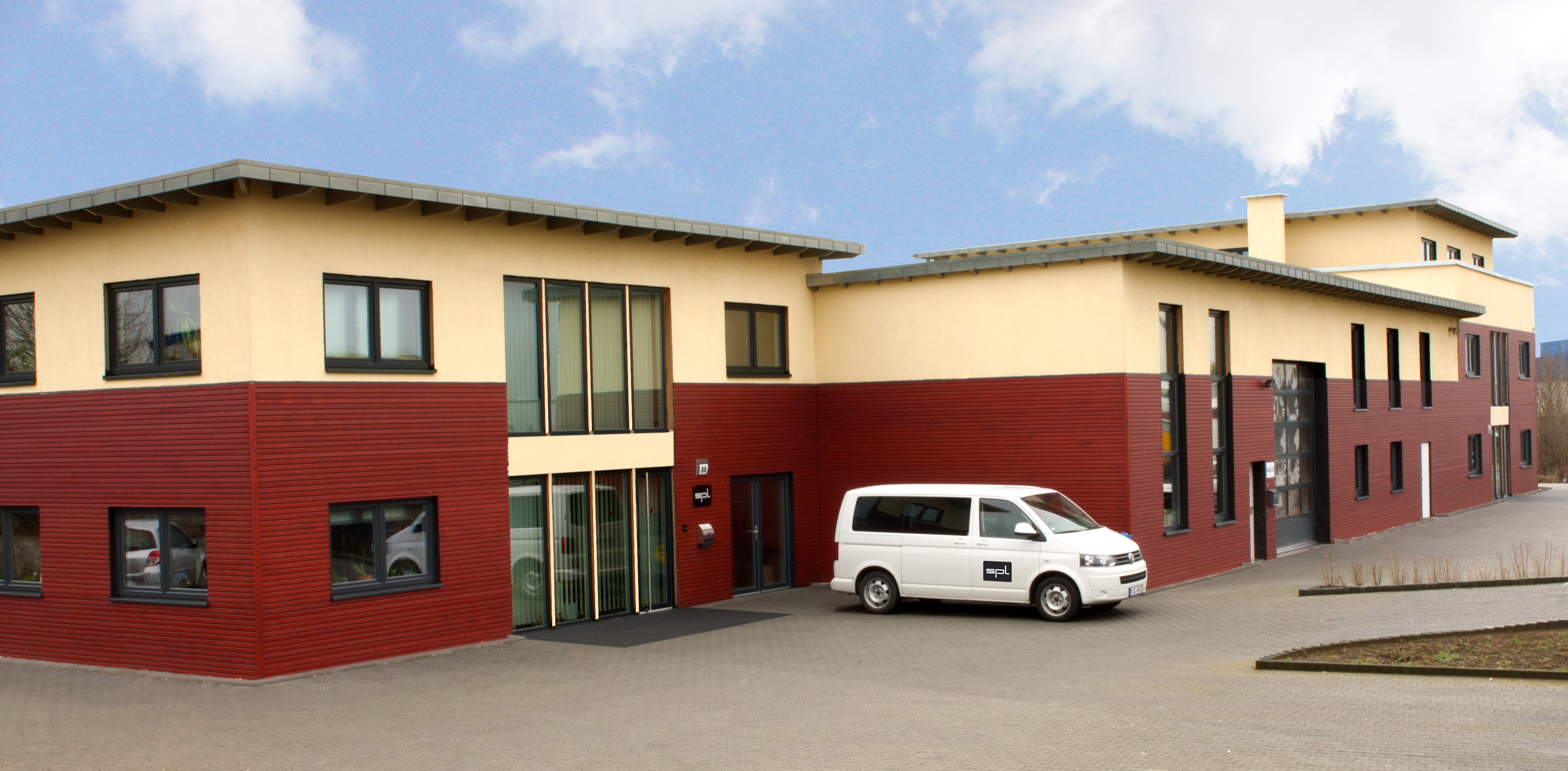
Reference: 0 dBu = 0,775V. All specifications are subject to change without notice.
In Stock!
The product is in stock in our warehouse in Niederkrüchten, Germany, and will be shipped the same or next working day.
We process the orders after receipt of the order and update the stock in the online shop regularly. If the product is no longer available at short notice due to high order volume, you naturally have the right to withdraw from the purchase (see Right of Withdrawal).
In any case, you will receive an e-mail with details of the delivery and the estimated delivery time.
Available soon!
The product is not in stock in our warehouse in Niederkrüchten, Germany. Usually it will be available again within 5 working days.
In any case, you will receive an e-mail with the details of the delivery and the estimated delivery time.
Of course you have the right to withdraw from your purchase (see Right of Withdrawal).
Currently unavailable.
This product is currently sold out and unavailable.
Auf Lager!
Das Produkt ist in unserem Lager Niederkrüchten vorrätig und wird noch am selben oder nächsten Werktag versendet.
Wir arbeiten die Bestellungen nach Bestelleingang ab und aktualisieren den Bestand im Online-Shop regelmäßig. Falls das Produkt wegen hohem Bestellaufkommens kurzfristig nicht mehr verfügbar ist, hast du selbstverständlich das Recht, vom Kauf zurückzutreten (siehe Widerrufbelehrung).
In jeden Fall erhältst du eine E-Mail mit den Einzelheiten der Lieferung und der voraussichtlichen Lieferzeit.
Bald verfügbar!
Das Produkt ist in unserem Lager Niederkrüchten nicht vorrätig. Gewöhnlich ist es innerhalb von 5 Werktagen wieder verfügbar.
Auf jeden Fall erhältst du eine E-Mail mit den Einzelheiten der Lieferung und der voraussichtlichen Lieferzeit.
Selbstverständlich hast du das Recht, vom Kauf zurückzutreten (siehe Widerrufbelehrung).
Zur Zeit nicht verfügbar.
Dieses Produkt ist derzeit ausverkauft und nicht verfügbar.

Due to Covid19 there are no events scheduled at this time.

Aufgrund von Covid19 sind derzeit keine Events geplant.
Notwendige Cookies sind für das ordnungsgemäße Funktionieren der Website unbedingt erforderlich. Diese Cookies stellen grundlegende Funktionalitäten und Sicherheitsmerkmale der Website sicher, anonymisiert.
| Cookie | Duration | Description |
|---|---|---|
| cookielawinfo-checbox-analytics | 11 months | This cookie is set by GDPR Cookie Consent plugin. The cookie is used to store the user consent for the cookies in the category "Analytics". |
| cookielawinfo-checbox-functional | 11 months | The cookie is set by GDPR cookie consent to record the user consent for the cookies in the category "Functional". |
| cookielawinfo-checbox-others | 11 months | This cookie is set by GDPR Cookie Consent plugin. The cookie is used to store the user consent for the cookies in the category "Other. |
| cookielawinfo-checkbox-advertisement | 1 year | The cookie is set by GDPR cookie consent to record the user consent for the cookies in the category "Advertisement". |
| cookielawinfo-checkbox-necessary | 11 months | This cookie is set by GDPR Cookie Consent plugin. The cookies is used to store the user consent for the cookies in the category "Necessary". |
| cookielawinfo-checkbox-performance | 11 months | This cookie is set by GDPR Cookie Consent plugin. The cookie is used to store the user consent for the cookies in the category "Performance". |
| gpnf_form_session_2 | 7 days | Saves entries of the spare parts request form |
| gpnf_form_session_4 | 7 days | Saves entries of the spare parts request form |
| viewed_cookie_policy | 11 months | The cookie is set by the GDPR Cookie Consent plugin and is used to store whether or not user has consented to the use of cookies. It does not store any personal data. |
Performance-Cookies werden verwendet, um die wichtigsten Leistungsindizes der Website zu verstehen und zu analysieren, was dazu beiträgt, den Besuchern ein besseres Benutzererlebnis zu bieten.
Andere nicht kategorisierte Cookies sind solche, die analysiert werden und noch nicht in eine Kategorie eingeordnet worden sind.
| Cookie | Duration | Description |
|---|---|---|
| complianz_policy_id | 1 year | No description |
Werbe-Cookies werden verwendet, um Besuchern relevante Werbung und Marketing-Kampagnen anzubieten. Diese Cookies verfolgen Besucher über Websites hinweg und sammeln Informationen, um maßgeschneiderte Werbung bereitzustellen.
Analytische Cookies werden verwendet, um zu verstehen, wie Besucher mit der Website interagieren. Diese Cookies helfen dabei, Informationen über Metriken wie die Anzahl der Besucher, Absprungrate, Verkehrsquelle usw. zu liefern.
Funktionale Cookies helfen dabei, bestimmte Funktionen auszuführen, wie z. B. das Teilen des Inhalts der Website auf Social-Media-Plattformen, das Sammeln von Feedbacks und andere Funktionen von Drittanbietern.